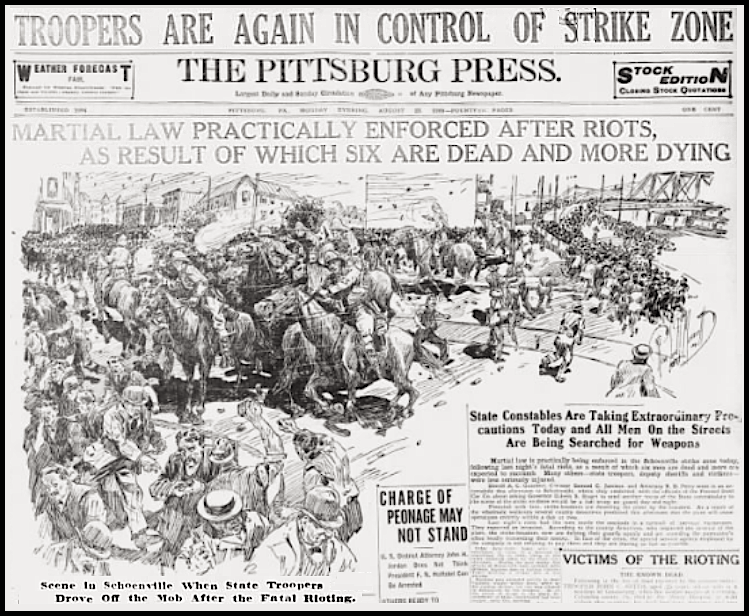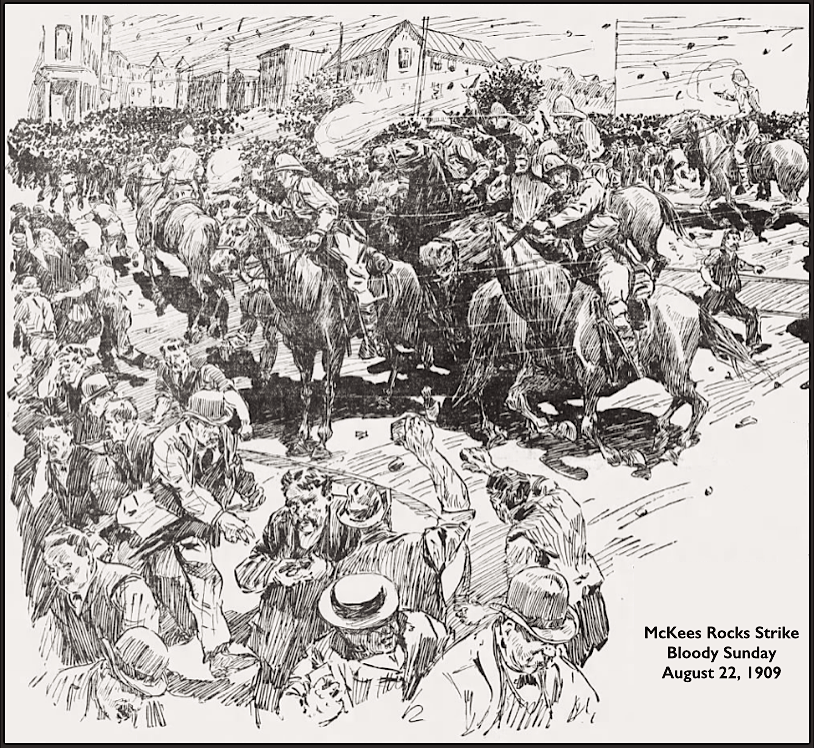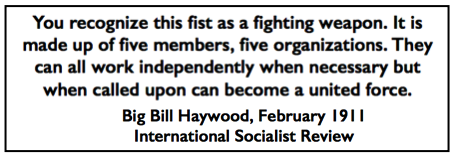 —————
—————
Hellraisers Journal – Wednesday April 16, 1913
Akron, Ohio – 20,000 Workers on Strike Against Rubber Barons
From the International Socialist Review of April 1913:
800 Per Cent and the Akron Strike
By Leslie H. Marcy
[Part I of IV]
THE Rubber Aristocrats are having “tire trouble” in Akron, Ohio. Their mammoth 75-acre, 25,000-man-power, profit-making machines-known as the Goodrich-Diamond, Goodyear, Firestone and Buckeye rubber factories, have been badly punctured by a strike of 20,000 wage slaves.
The workers who have slaved for years laid down the bosses’ tools, rolled up their greasy working rags and walked out unorganized, on February 10, as a protest against tyrannical working conditions and repeated cuts in wages.
They are standing shoulder to shoulder and their arms are folded. There is no fire under the boilers; nor smoke issuing from the hundreds of industrial spires; the belts are on loose pulleys and even the wheels refuse to run.
The Rubber Barons refused to arbitrate with the state officials and threatened to move their plants from the city. Meanwhile the strike was rapidly being organized by militant members of the Socialist party working with the Industrial Workers of the World. The Socialist headquarters became the home of the strike committees while larger halls were secured for mass meetings, where thousands of workers hear the message of Revolutionary Socialism and Industrial Unionism. Comrades Frank Midney, “Red” Bessemer, George Spangler and fellow-workers George Speed, William Trautman, Jack Whyte and several more “live ones” are on the job speaking daily, organizing committees and strengthening the picket lines.
The home of Comrade Frank and Margaret Prevey was thrown open to the strikers and became a busy center of strike activity-sending out appeals for support, press notices and planing the work of taking care of those who were in need. Here was a hive that hummed twenty hours out of the twenty-four. Of course the Capitalist hirelings suddenly discovered that this was “an Agitators’ meeting place,” and made dire threats.
But the Rubber Barons in their palaces out on West Hill were also busy moulding public opinion through press and pulpit against this “foreign devil” called a strike. Were not collections dwindling on Sundays and business becoming “bad” during the week, and is not idleness the devil’s workshop?

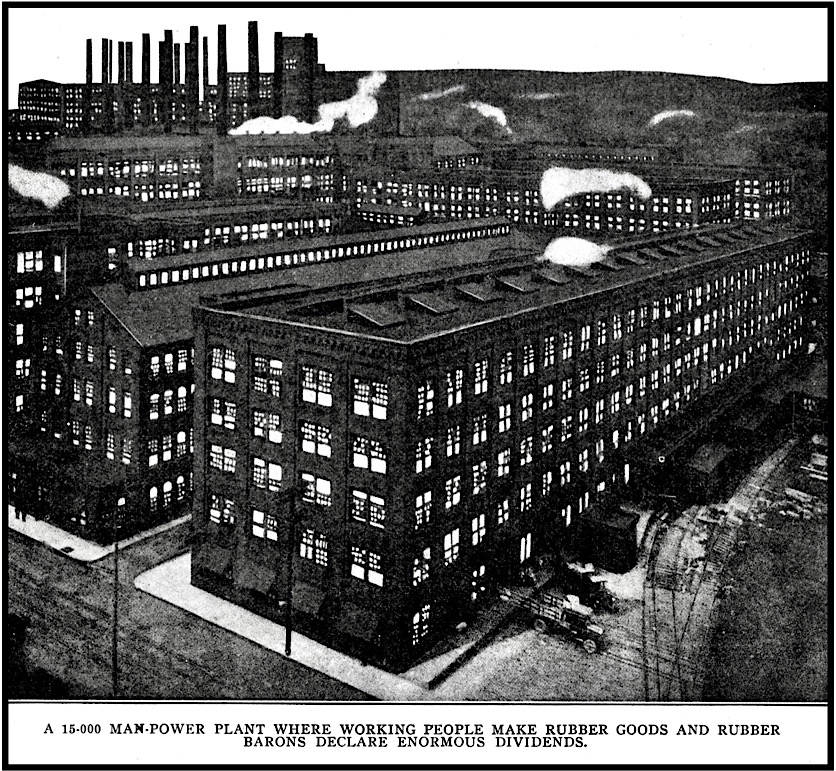
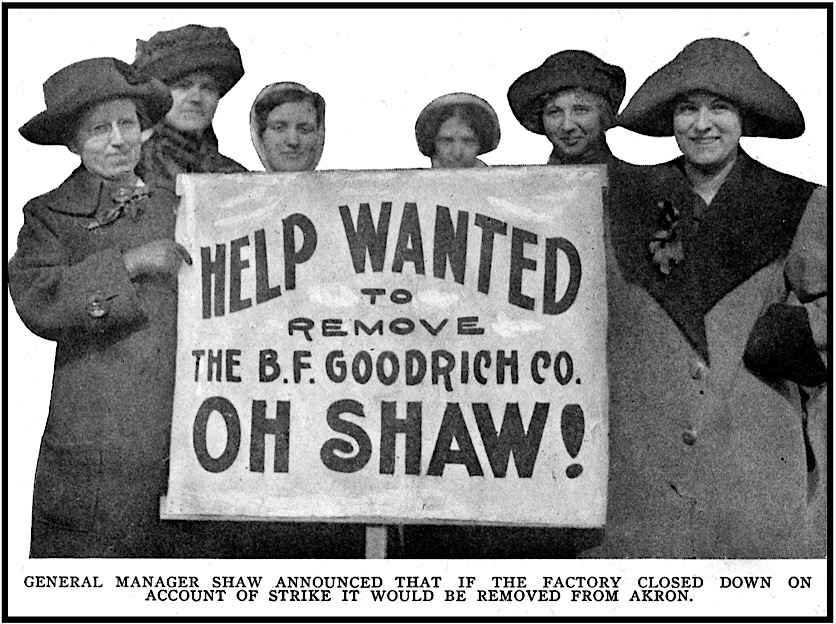
 —————
—————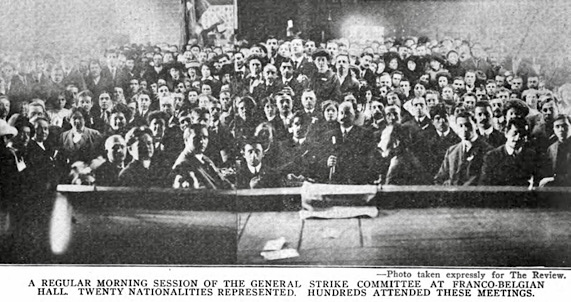
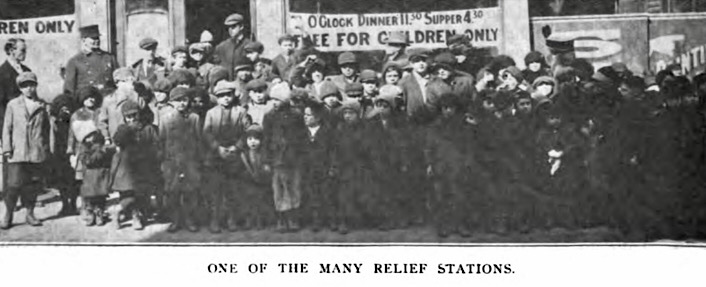
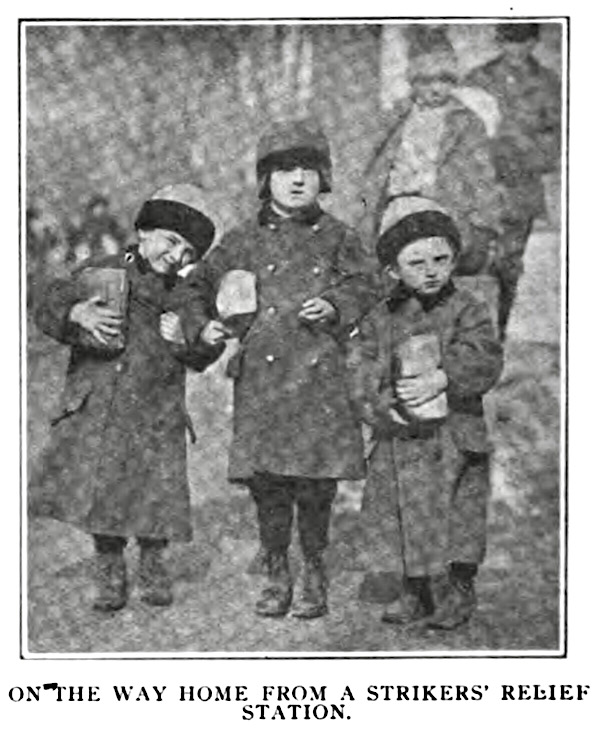
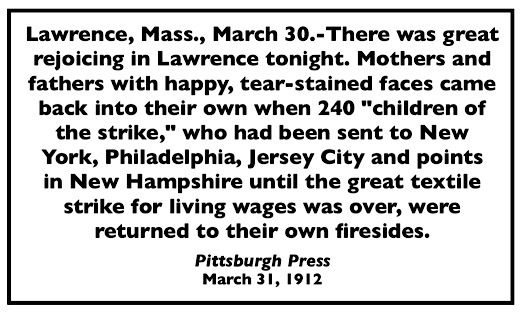 —————
—————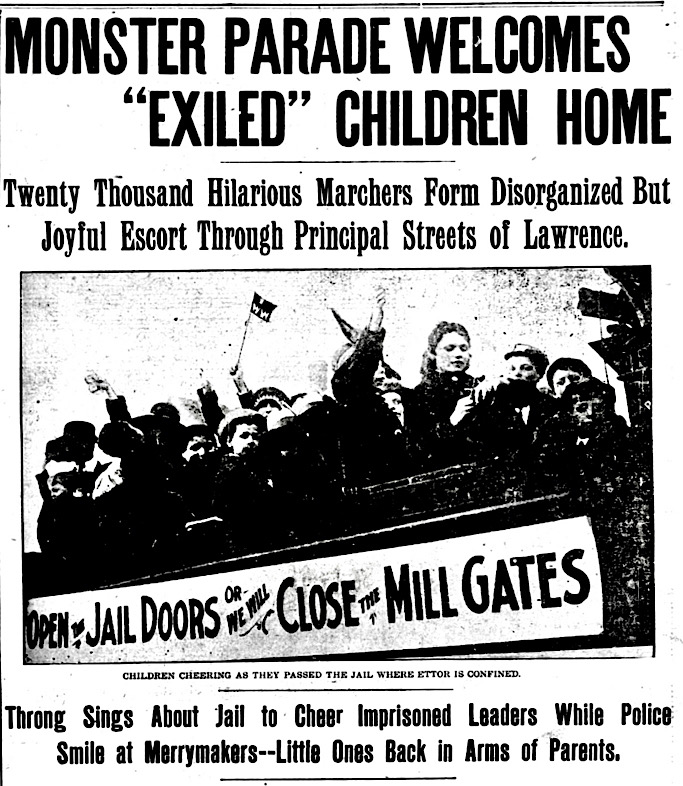
 —————
—————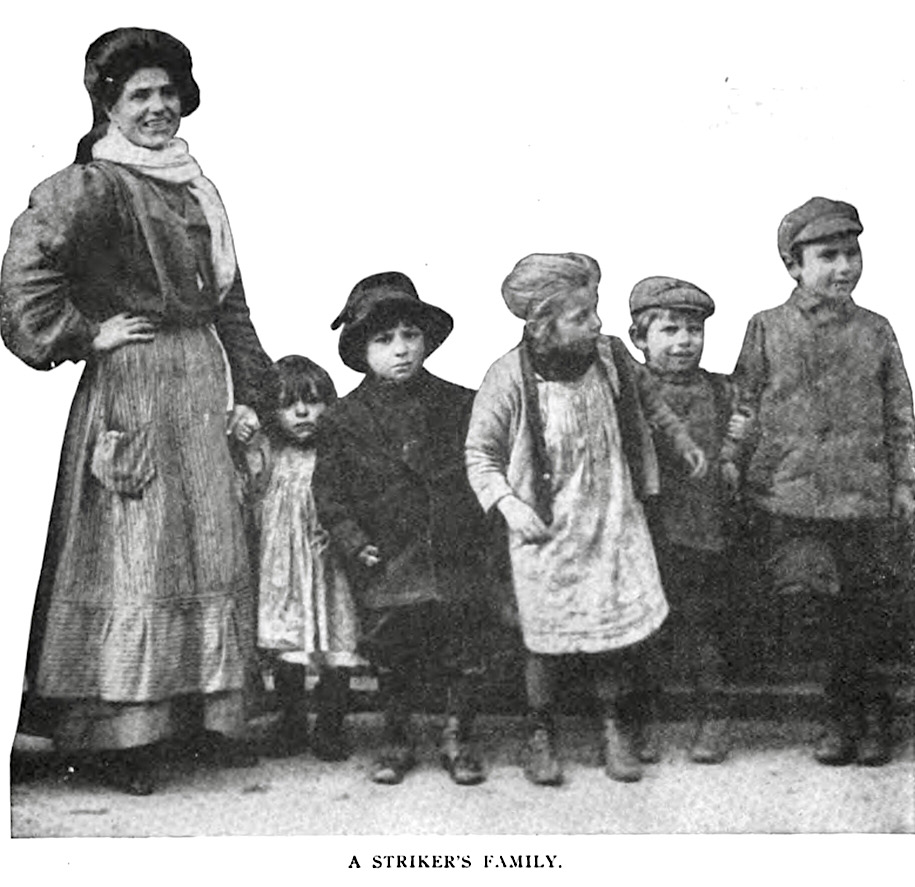
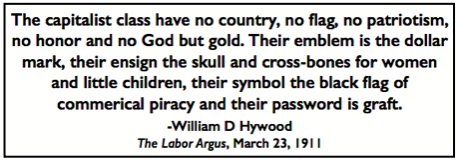 —————
—————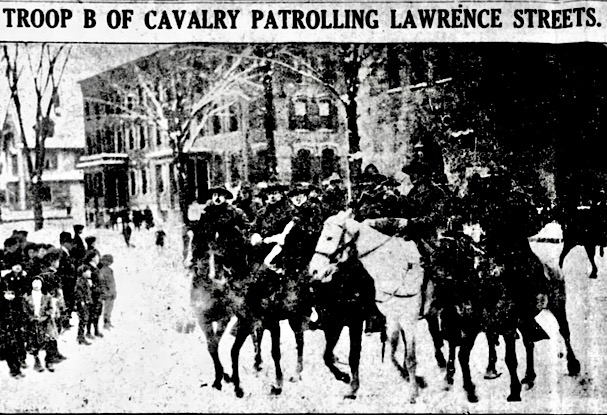
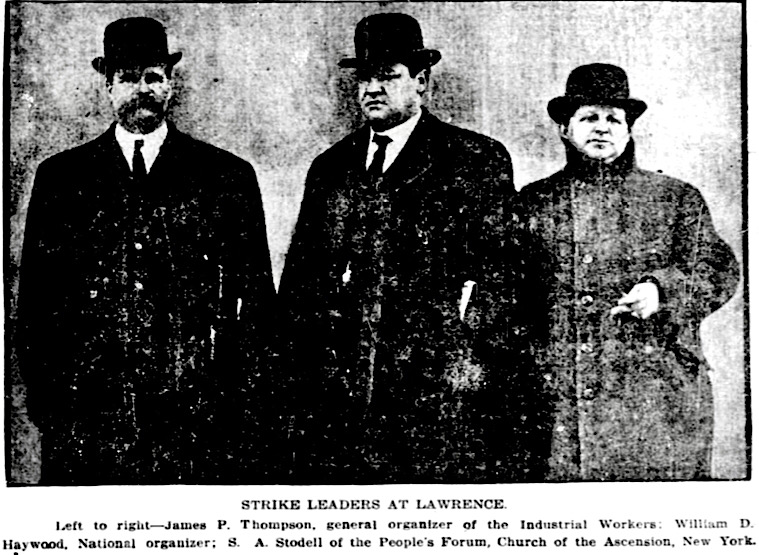
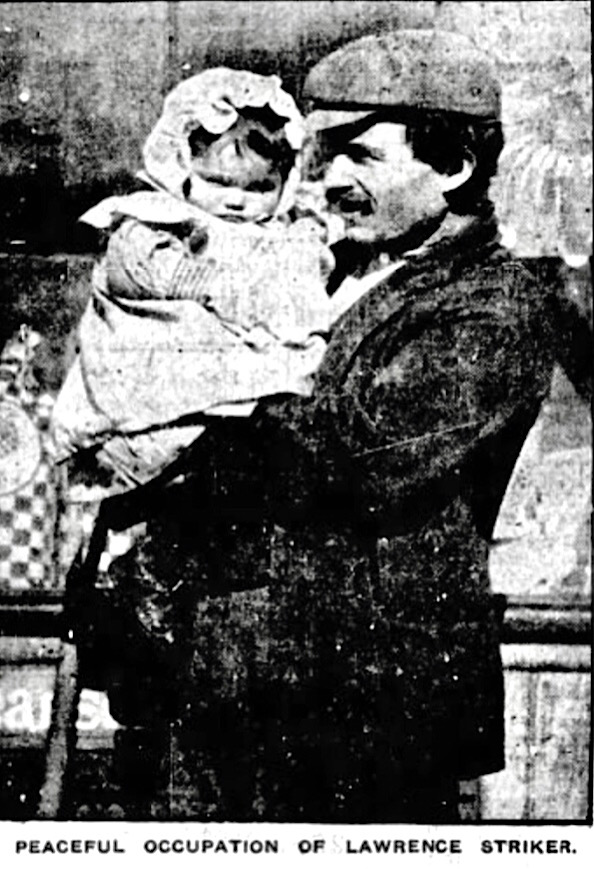
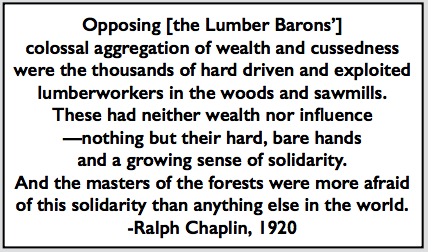 ———————-
———————-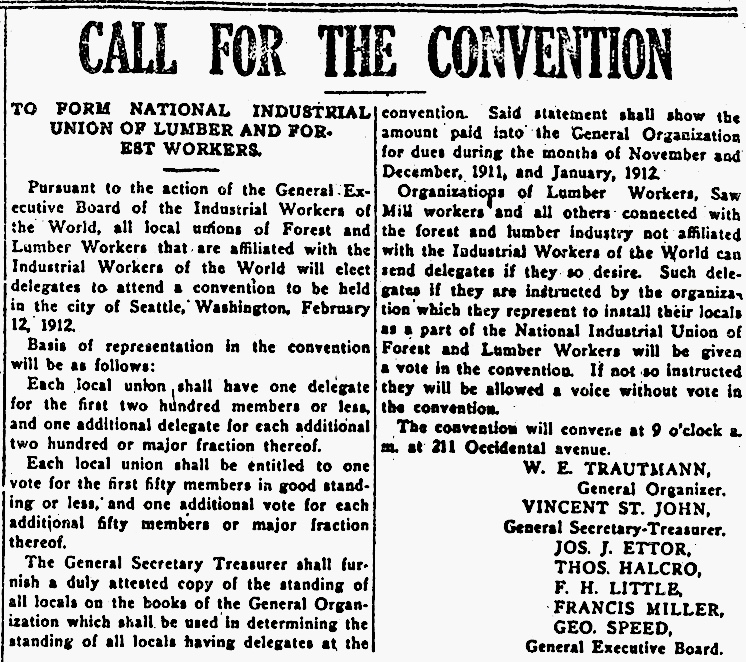
 ———-
———-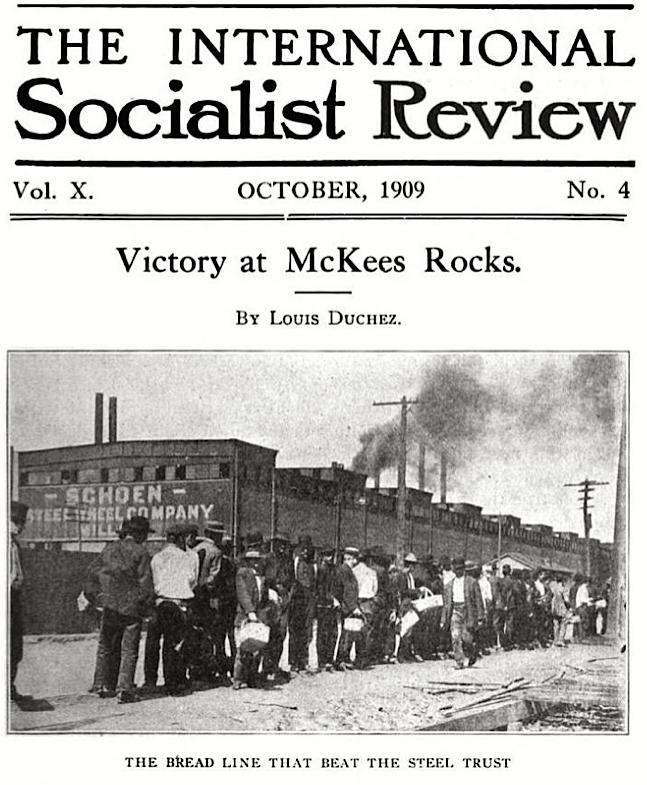
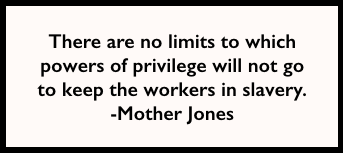 ———-
———-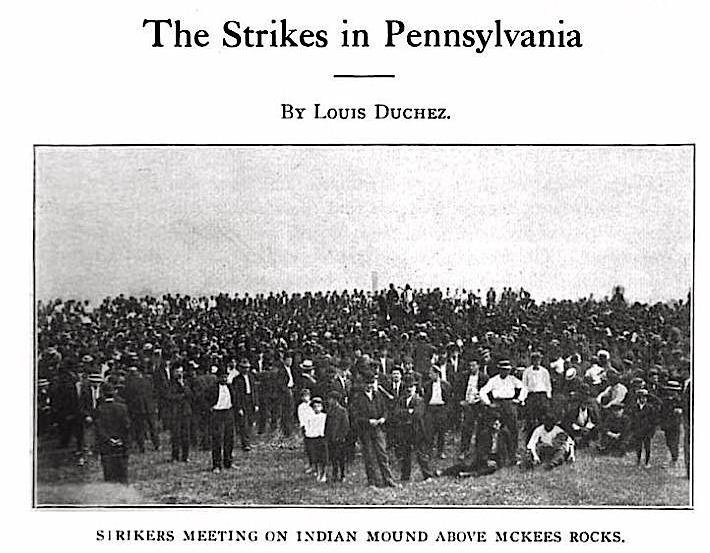 —–
—– The strike of the workers at the Pressed Steel Car plant, and at McKees Rocks, New Castle and Butler, Pa., near Pittsburg, is being fought by the employers and their troops with all the brutally and outrage which remind one of Homestead and the other slaughter pens of America. In addition to numerous outrages on the part of the employers’ troops, on August 22, 10 strikers were killed buy the militia, who opened a volley fire on the crowd of men, women and children. Four of the bloodthirsty soldiers were killed in the fight. They, at least, will never kill any more strikers. The account of the affair, while distressing, is a reminder that the fighting spirit of the workers is not dead, and that the working people are realizing that they have no rights to life, liberty, or the pursuit of happiness, unless they have the power themselves to enforce those rights. It is not for the parlor, kidglove revolutionist to preach meekness and “peaceful methods” to these brave workers who are fighting for their lives and to protect the honor of their families, nor for other working people to lay down hard and fast rules for those who are goaded and stung by tyranny and oppression……
The strike of the workers at the Pressed Steel Car plant, and at McKees Rocks, New Castle and Butler, Pa., near Pittsburg, is being fought by the employers and their troops with all the brutally and outrage which remind one of Homestead and the other slaughter pens of America. In addition to numerous outrages on the part of the employers’ troops, on August 22, 10 strikers were killed buy the militia, who opened a volley fire on the crowd of men, women and children. Four of the bloodthirsty soldiers were killed in the fight. They, at least, will never kill any more strikers. The account of the affair, while distressing, is a reminder that the fighting spirit of the workers is not dead, and that the working people are realizing that they have no rights to life, liberty, or the pursuit of happiness, unless they have the power themselves to enforce those rights. It is not for the parlor, kidglove revolutionist to preach meekness and “peaceful methods” to these brave workers who are fighting for their lives and to protect the honor of their families, nor for other working people to lay down hard and fast rules for those who are goaded and stung by tyranny and oppression……